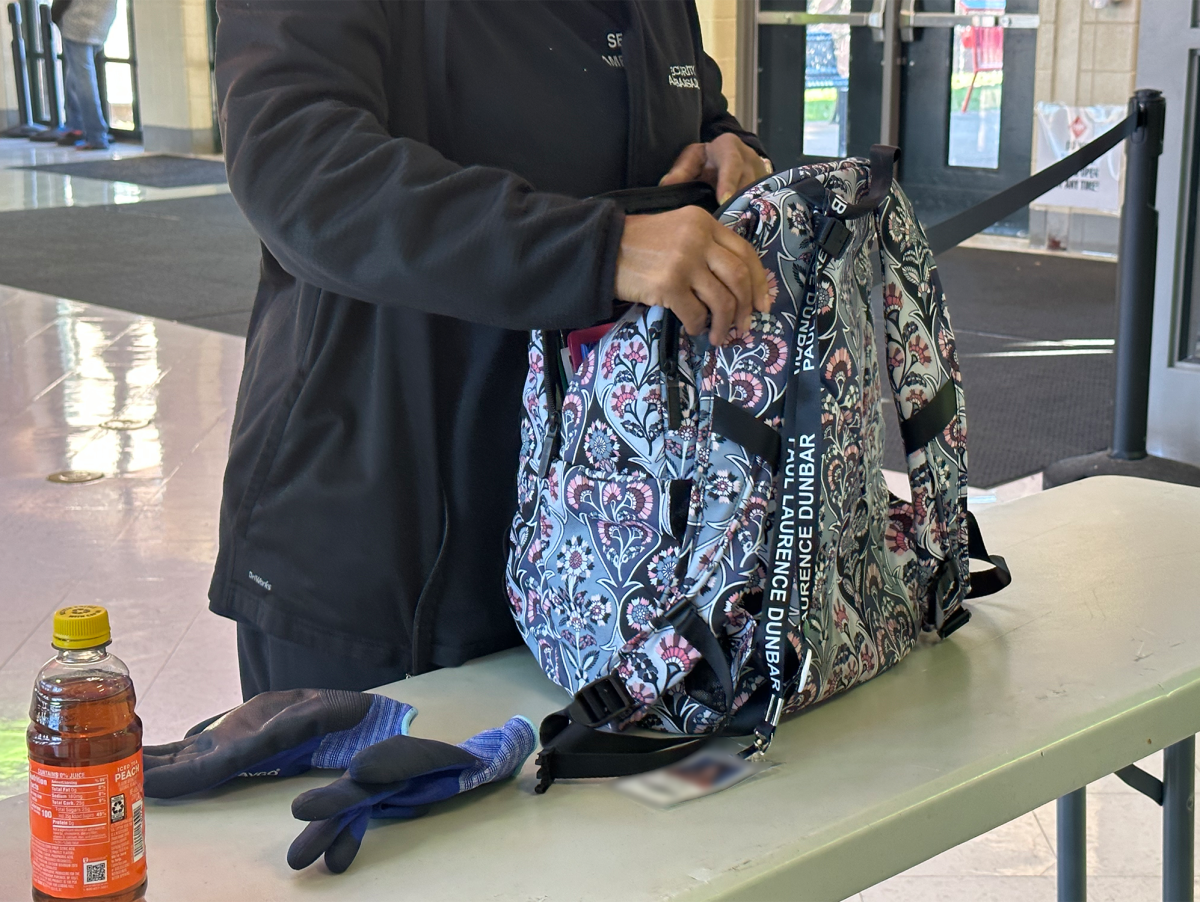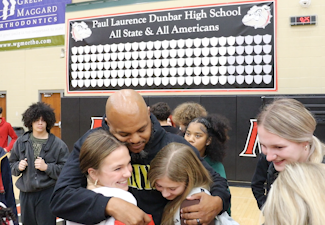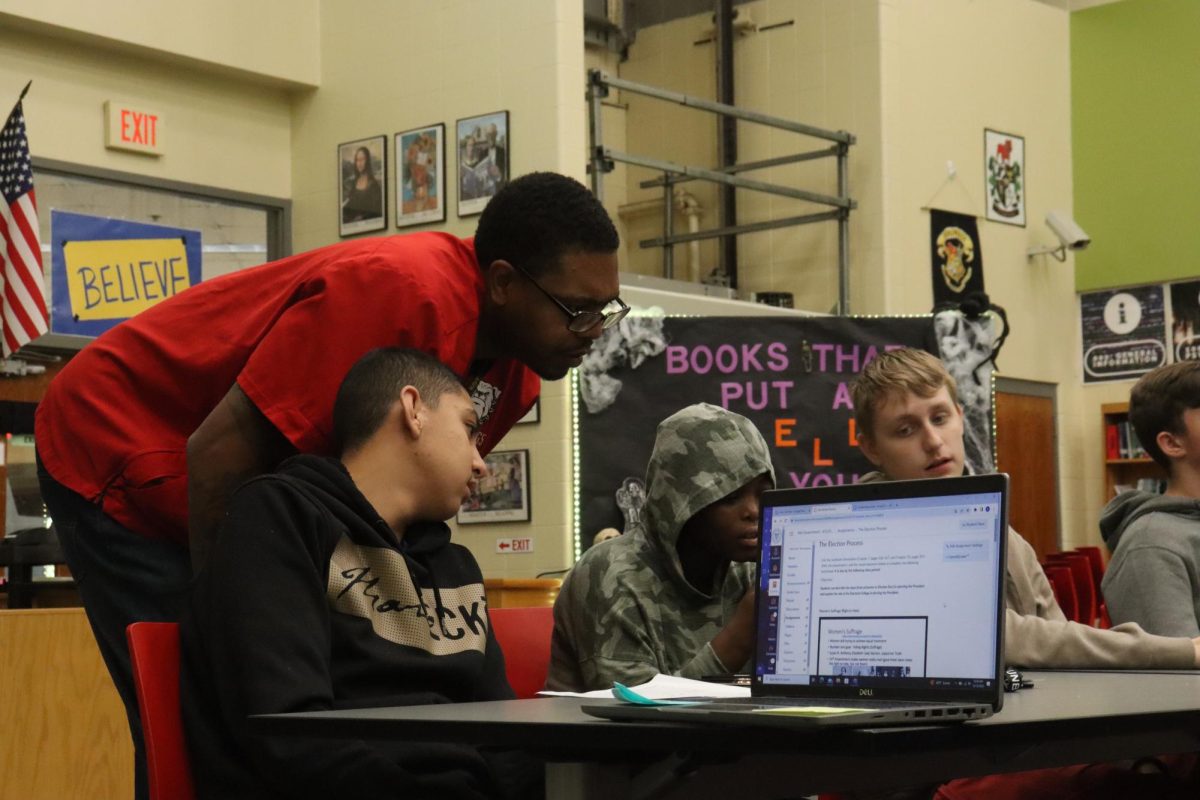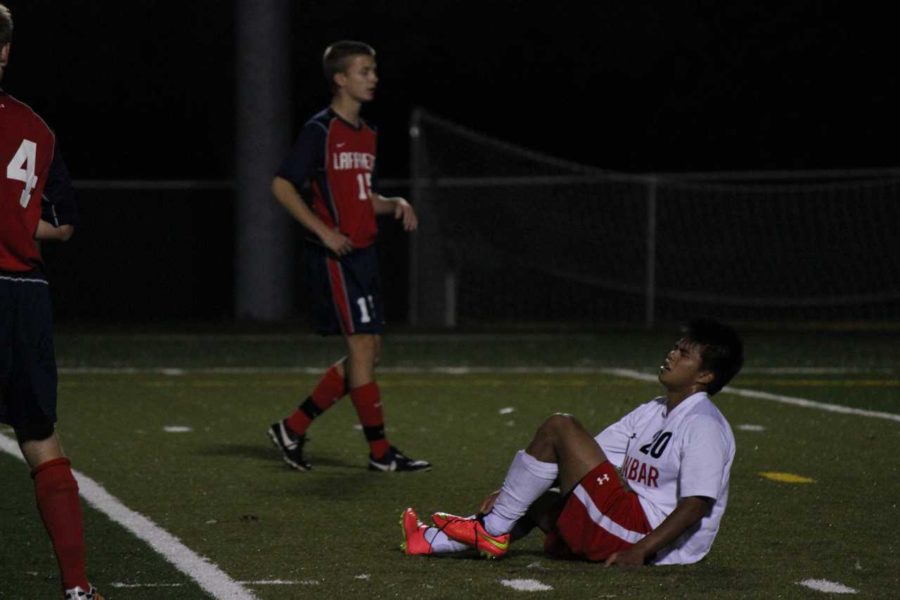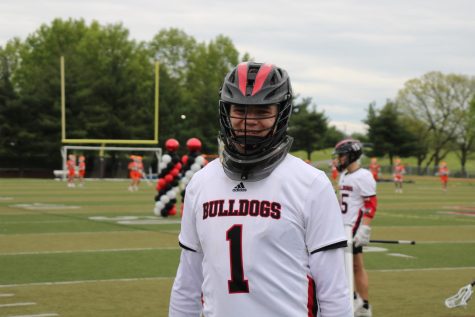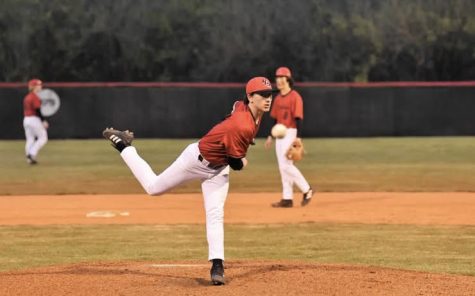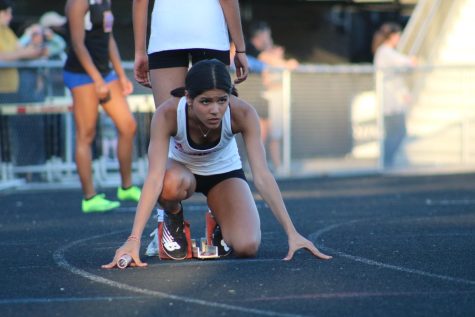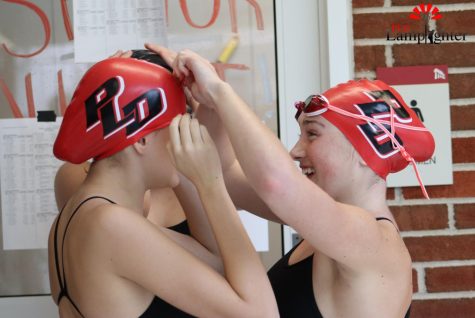Sports Injuries
Between grades and bad attitudes, what actually takes athletes out of the game?
Dribble, run, dribble, run. She was looking for someone to pass the ball to, and she saw an open teammate. It would’ve been the perfect pass. She had an opponent behind her trying to catch up, but she thought she could outrun her.
Next thing she knew, she kicked the ball, but the opponent caught up to her. The opponent tried deflecting the pass as soon as she kicked it. They collided, and she heard a crack. The next thing she knew she was laying on the field in pain and she knew something was wrong.
After her surgery on Oct. 28, junior Mimi Floreal opened up about the pain involved in tearing her ACL, meniscus, and part of the MCL.
“When it happened, all I thought about was how my season was over and how I wouldn’t be able to play anymore,” she said.
And the pain she felt was not just physical discomfort.
“It made me so upset I cried just knowing that I would have to get surgery and rehab.”
This year has been one of the best for fall sports at Dunbar High School with five different regional titles earned by the beginning of November.
Unfortunately, the longer kids play, the more stress on their bodies and, consequently, the more injuries there are.
An average year has 66 injuries in football, 25 injuries in cheerleading, 25 injuries in cross country, 23 injuries in soccer and 14 in volleyball.
Sports injuries affect kids’ lives tremendously, especially in high school. Anyone who plays a sport in high school most likely would want to further their career in college or do something with the sport later on in life.
When a athletes are injured, it could bring their sports career to a halt.
The long term effects of a sports injury are worse in some cases than the short term effects.
Sophomore Brooke Bledsoe, a cross country runner, was scheduled to have foot surgery on Nov. 20 for bunions, flat foot and magnet toes caused by overuse.
This surgery can have a long recovery time. Even after having the surgery bunions can re-occur later on in life. It can also cause arthritis and future joint pain.
“After my surgeries, I have to start over,” Bledsoe said. “I’m going to start with something small like the one mile and work my way up from there.”
Some students say they feel that injuries in high school sports can be worse than professional injuries because of their age and the higher likelihood of muscle, tendon, and growth plate injuries.
Sophomore Savannah Haney said she has had multiple concussions. When she got her concussions, she said she had to take 12 months off of volleyball. “It’s taken a big part of my daily life away from me,” Haney said. “I had to stay on brain rest and couldn’t go to school.”
When players come back from an injury, some say that playing the game is never the same as it was before because they want to be careful in order to prevent further injuries.
Junior Connor Roberts has recently developed a stress fracture in his foot from playing 13 years of soccer.
“I just try to stay aware of [this overuse] injury for future occurrences,” Roberts said. “When you play all the time, it just causes more stress on certain areas.”
Sports injuries will never go away, but with proper conditioning, use of proper equipment, and stretching , students can help prevent some sports injuries and lessen the severity of others.
“I’m just focusing on recovering now,” said Floreal. “It’s really all that I can do at this point.”
Awareness and prevention is key for all student athletes.


